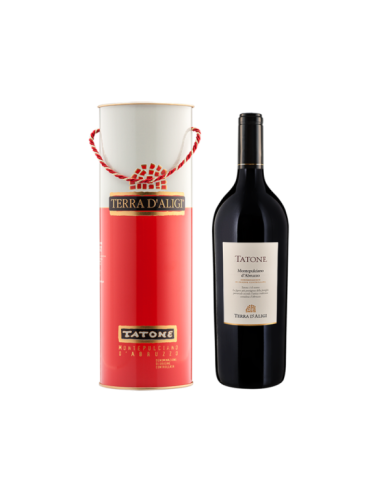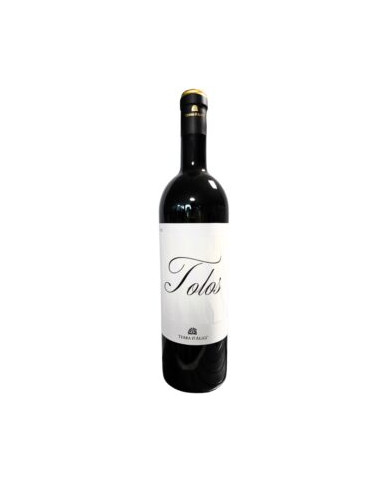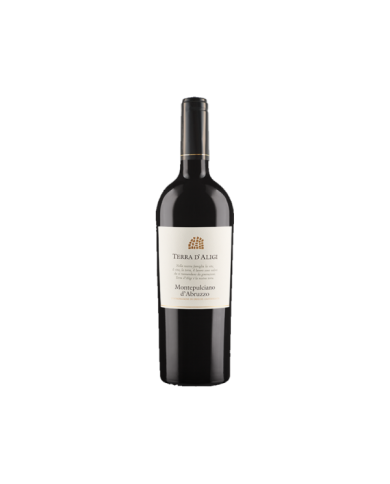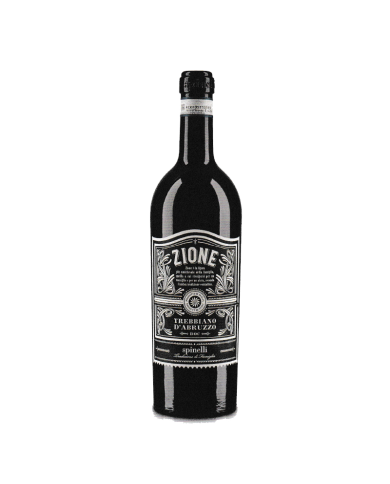Denomination of Rosso di Montalcino
Welcome to the heart of Tuscany, where the Denomination of Rosso di Montalcino reigns supreme among the most prestigious wine labels. In this article, we will delve into the fascinating world of this renowned wine, exploring its history, unique characteristics, and artisanal production process.
History and Origins
The history of winemaking in Montalcino dates back centuries, with traces of viticulture dating back to the Etruscan and Roman eras. However, the Denomination of Rosso di Montalcino gained international fame in the 19th century, when its wine became known as one of the finest in Tuscany.
Characteristics of Rosso di Montalcino Wine
Rosso di Montalcino Wine is distinguished by its complex taste profile, characterized by fruity notes of cherry, strawberry, and blackberry, accompanied by floral and earthy undertones. On the palate, it presents itself as elegant and harmonious, with soft tannins and a long aromatic persistence.
Terroir and Environment
The unique terroir of Montalcino, characterized by clayey soils and a Mediterranean climate with continental influences, creates the optimal conditions for cultivating Sangiovese grapes, used to produce Rosso di Montalcino Wine. The hilly slopes of the region offer various sun exposures, contributing to the complexity and diversity of the wines.
Production Process
The production process of Rosso di Montalcino Wine follows rigorous artisanal traditions, from the manual harvesting of grapes to fermentation in wooden vats and aging in oak barrels. This artisanal approach ensures the highest quality and authenticity of the wine.
Variations and Types
The Denomination of Rosso di Montalcino includes various types of wines, including the famous Brunello di Montalcino, produced exclusively with Sangiovese grapes from the surrounding area. Each wine expresses the unique characteristics of the terroir and the style of the producer.
Gastronomic Pairings
Rosso di Montalcino Wine pairs beautifully with traditional Tuscan cuisine, including dishes made with meat, fresh pasta, aged cheeses, and porcini mushrooms. Its structure and complexity also make it suitable for accompanying international dishes, such as grilled steaks and fish dishes.
Popularity and Reception
Rosso di Montalcino Wine enjoys growing popularity and appreciation in the global market, thanks to its superior quality and historical prestige. Numerous awards and recognitions confirm its reputation for excellence in the international wine scene.
The Denomination of Rosso di Montalcino is not just a wine but a symbol of tradition and oenological excellence in Tuscany. With its rich history and flavors, it continues to capture the hearts of wine connoisseurs around the world.
FAQs
What are the main sensory characteristics of Rosso di Montalcino Wine? Rosso di Montalcino Wine is distinguished by its complex taste profile, characterized by fruity notes of cherry, strawberry, and blackberry, accompanied by floral and earthy undertones.
What are the most common grape varieties used in the Denomination of Rosso di Montalcino? The most common grape variety used in the Denomination of Rosso di Montalcino is Sangiovese, locally known as "Brunello".
What are the typical regional dishes that pair well with Rosso di Montalcino Wine? Typical regional dishes that pair well with Rosso di Montalcino Wine include dishes made with meat, fresh pasta, aged cheeses, and porcini mushrooms.
What are the suggestions for storing and serving Rosso di Montalcino Wine? To store and serve Rosso di Montalcino Wine at its best, it is advisable to keep it in a cool, dark place and serve it at a temperature of about 18-20┬░C in transparent glasses to fully appreciate its aromas and flavors.













